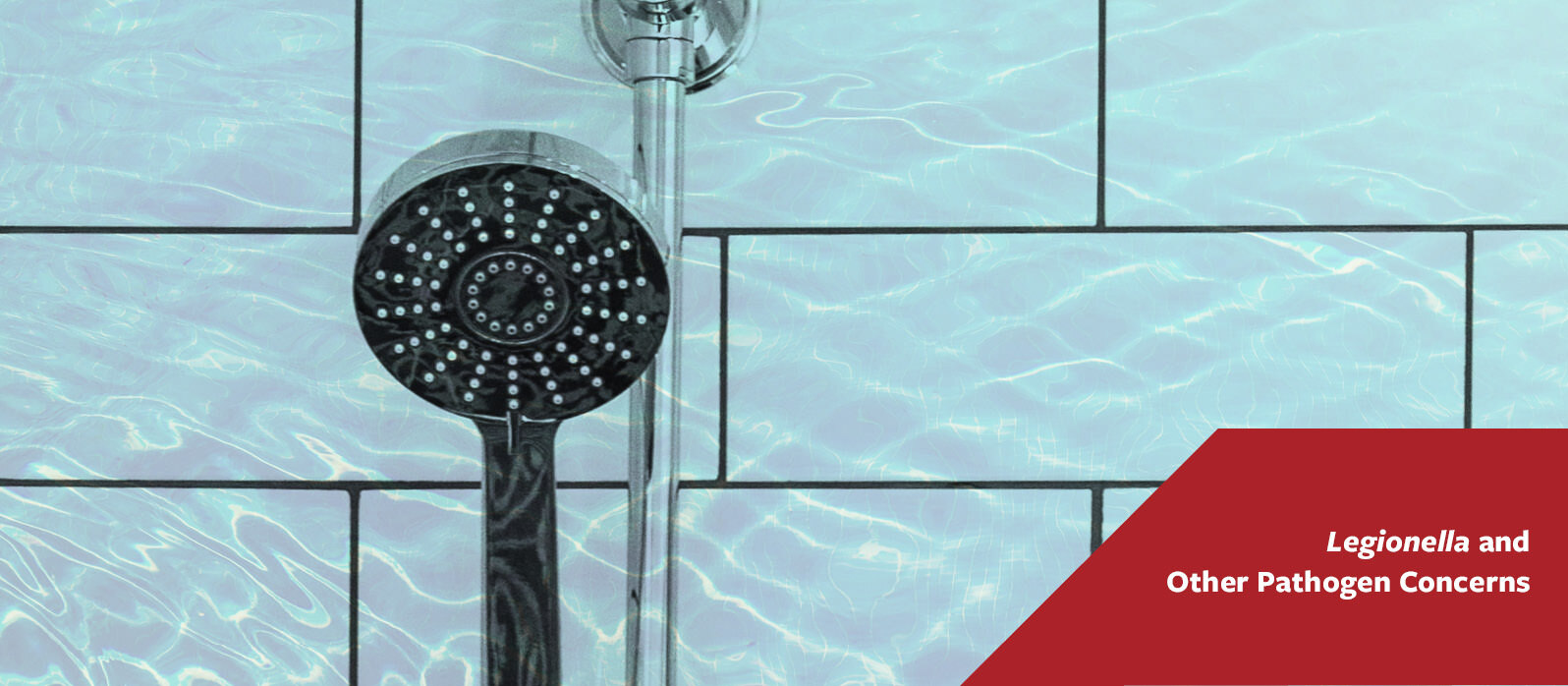Why Water Safety Needs to Be Part of Your Reopening Plan
By Karpinski Engineering | Sep 15, 2020

COVID-19 has left schools, college campuses, and office buildings empty for months. As these buildings reopen, building operators need to make sure their water systems are safe.

When buildings are unoccupied for long periods of time, water has the chance to sit and stagnate in the pipes. Stagnant water increases the risk of Legionella, the bacteria that causes Legionnaire’s disease.
“Unfortunately, similar to the pandemic itself, the Legionella pathogen is most dangerous to those at-risk folks,” said Karpinski’s Director of Plumbing Tim Foresta, CPD, NITC, ASSE 6005 Certified. “It’d be a real shame to have stayed home all the while doing the right thing dodging COVID-19, then only to enter back to one’s work or school environment to be hit by the surprise of another health threat.”
Where Legionella grows and how people get infected
Legionella can grow and spread throughout a water system, such as in showerheads and sink faucets; cooling towers; hot water tanks and heaters; large plumbing systems; and decorative fountains and water features (see CDC, Causes, How it Spreads, and People at Increased Risk).
People can contract Legionnaire’s disease when they inhale water droplets containing Legionella bacteria. (Think of steam from a shower or mist from a cooling tower.) It can cause serious illness, and about one in 10 people who contract Legionnaire’s disease will die (CDC, Legionella Fast Facts).
Reducing Legionella risk before reopening
The CDC has published guidance for reopening buildings after prolonged shutdown or reduced operation. It outlines eight steps to minimize Legionella risk. They include flushing the water system, ensuring water heaters are properly maintained and the temperature is correctly set, and ensuring cooling towers are clean and well-maintained.
ASHRAE has compiled additional resources for domestic water and plumbing systems.
“There is no assured way to annihilate Legionella
100% in a pipeline once and for all, only to combat it regularly with the many methods and strategies found in the referenced resources,” said Foresta. “Applying the methods is the challenge for building owners. Certainly though, I would say that heavy flushing, usage, and avoiding incubate-friendly temperatures are paramount to address the dormant building crisis.”